
You Can do Anything for 30 Minutes
It is true you can do anything for 30 minutes. The Fly Lady likes to say you can do anything for 15 minutes, but for projects requiring more brains than brawn, 30 minutes is the ticket to banishing procrastination.
This is what I told a time coaching client: Just work on your business plan for 30 minutes. I call it the 30 Minute Rule. This advice applies to any project you may be putting off. Even if you don’t want to do it, you will make progress and feel that you accomplished something worthwhile.
What are the things that have kept you from starting a project in the past?
- Procrastination
- Failure to schedule it
- Not enough time to do it justice
Procrastination
Why do we procrastinate? Fear . . . either it is too big of a task, we don’t have the skills to do it, we need more information, the assignment was unclear, and so on. The reasons for procrastination seem to be as varied as the persons who procrastinate. (See my blog about Procrastination.)
The first step to overcoming procrastination is uncovering the reason for it. Once you ask yourself some delving questions. Figure it out. Talk it over with a trusted friend or spouse. Once you uncover that, you can progress and deal with it. I am not a psychologist, but this strategy has worked for me and my time coachees.
A recent client, pet trainer Kaye Geyler, needed to work on her business plan. She just started her business several months ago and knew it was important, but couldn’t get herself to work on it. The 30 Minute Rule worked wonders for her. We decided the next steps she needed to take and she committed to work on it for at least 30 minutes. It worked well for her. She told me later, “Even if I don’t want to do it, I can make myself do it for 30 minutes.”
So, instead of procrastinating the business plan, she used the 30 Minute Rule to motivate herself to get started.
And here’s a little secret: once you get started on it, you usually get more enthusiastic and the ideas start coming, so you end up spending more than 30 minutes working on it, which results in more progress and gives you an incredible feeling of accomplishment.
Failure to Schedule it
This is the easiest of the 3 issues to fix. If you want to do a project, know how to do it, but aren’t getting to it, the solution is simple: just put it in your schedule. Pick a day and assign a time when you will get started on this. Then put a reminder on your phone, computer, or planner. You may need one day a week for this, or more. It is helpful to get into a routine time for the job, like every Tuesday and Thursday at 10 a.m., for example. Soon it will be something you don’t need to remind yourself to do; it will be a habit. Use this technique to create the positive changes you are craving.
Lacking time to do it justice
Another habit that sabotages getting projects done is talking yourself out of it. You look at the clock and your morning calls have taken too long, so now you only have 35 minutes to work on it before your next appointment. You have 2 options: work on the project using the time you have, or do a smaller task and rearrange tomorrow’s schedule so you can work on it then.
Kaye told me: “I don’t look at it as procrastination if I shuffle things around in my day or week because I am planning to do it (have a time set aside).”
Another client, Josiah Higgs, agreed. “Developing the commitment to do something at a particular time is important to me, but I can be flexible when I need to be.” He knows that when he has a task planned, even if an emergency comes up at Medford Automotive, he will still get to it by adjusting his schedule to fit it within the next few days.
Even if you only have 30 to 40 minutes when you were planning to work on it for an hour, just start it. Apply the 30 Minute Rule. Brainstorm, create an outline, identify next steps, make calls, etc. What can I get done in this smaller bucket of time? Before you stop, also make a note of what your next step needs to be.
The Outcome
Kaye experienced success. Having a strong and specific plan is crucial to growing Rapport Pet Training. She told me: “I did more with my business plan in April than I did in the past four months!”
You too will see results when you apply this technique. What project or goal did you think of as you read this? Apply the 30 Minute Rule and experience amazing results!
Let me know how this helped you by entering a comment!





 Decisions, Decisions
Decisions, Decisions



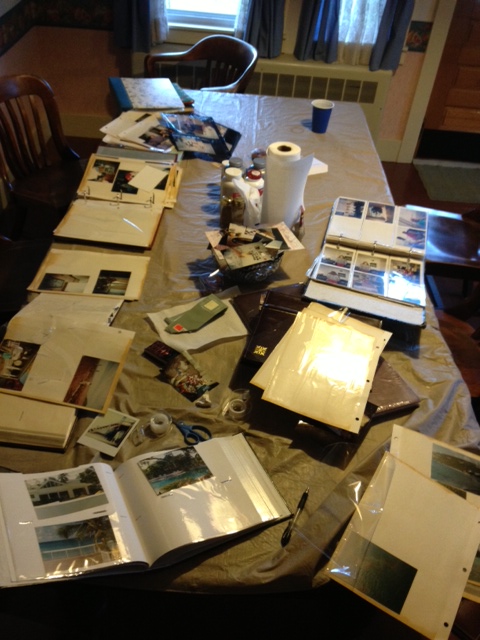

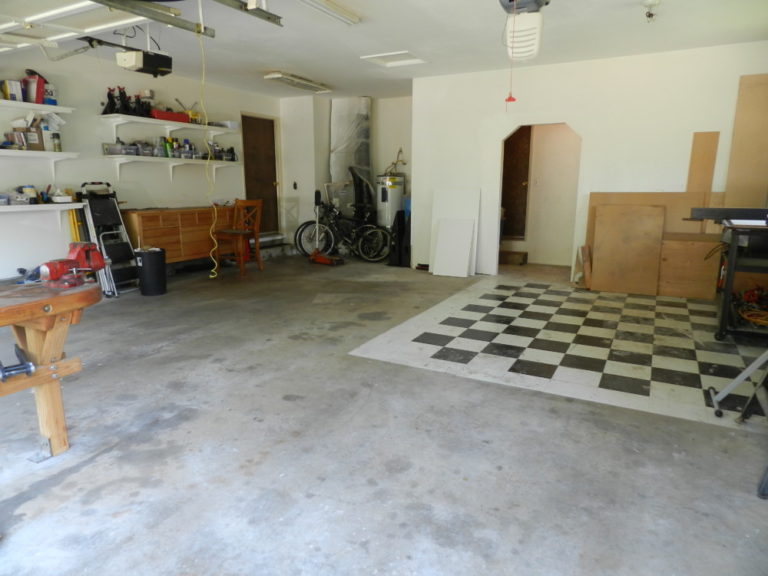

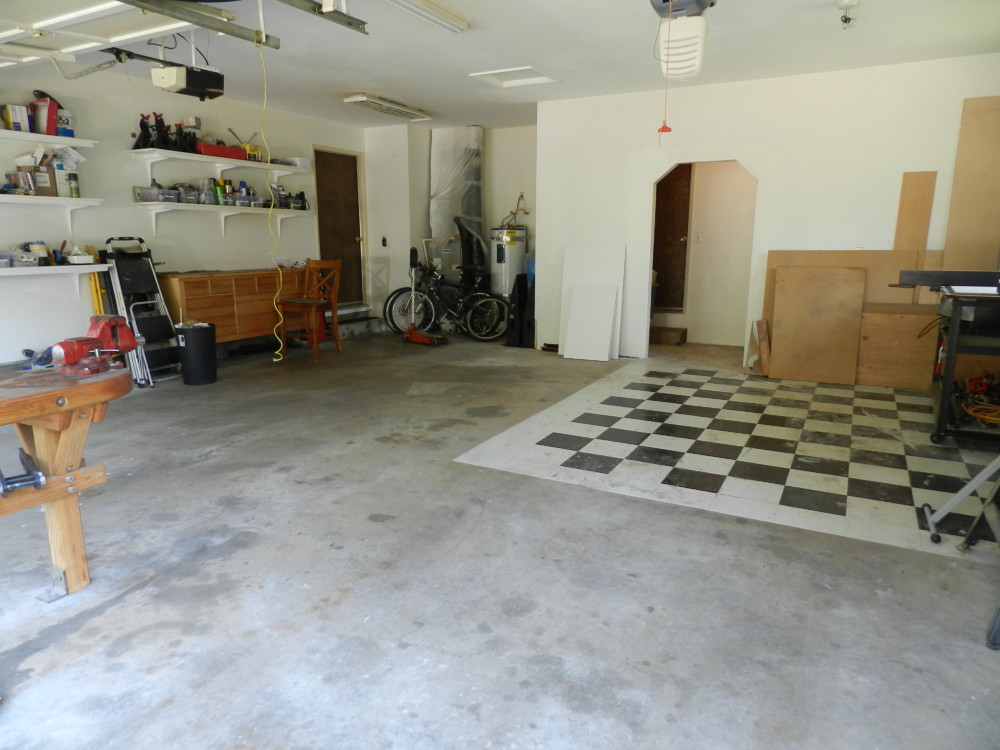
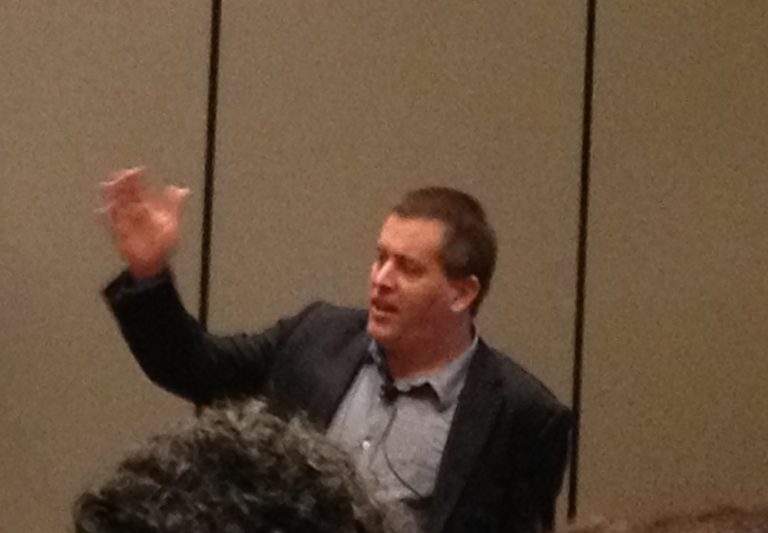
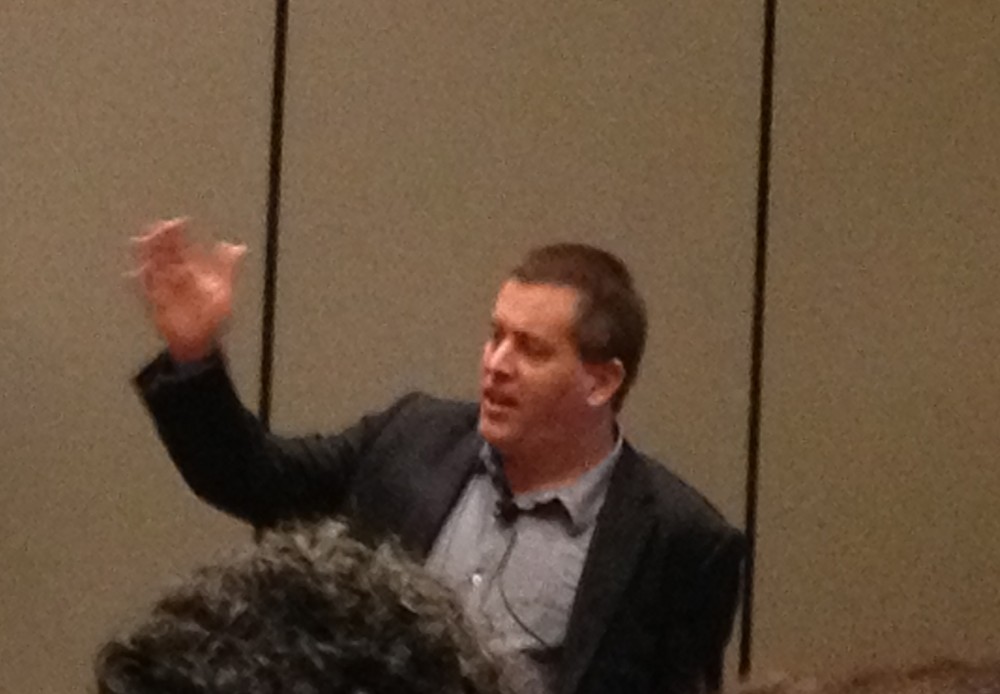
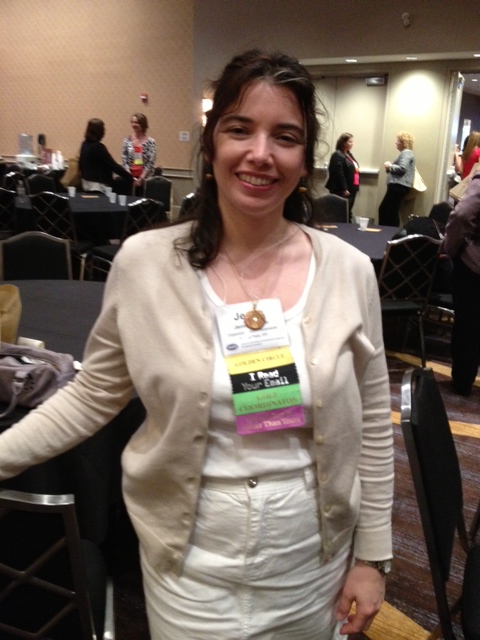
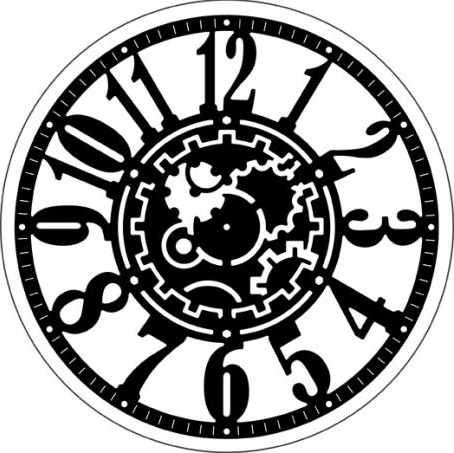
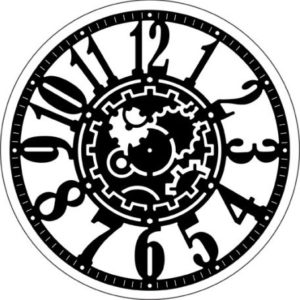 ast month, I wrote about why we all procrastinate. The next step once you figure out why you are procrastinating is to ask yourself what resources you need to get the job done.
ast month, I wrote about why we all procrastinate. The next step once you figure out why you are procrastinating is to ask yourself what resources you need to get the job done.


